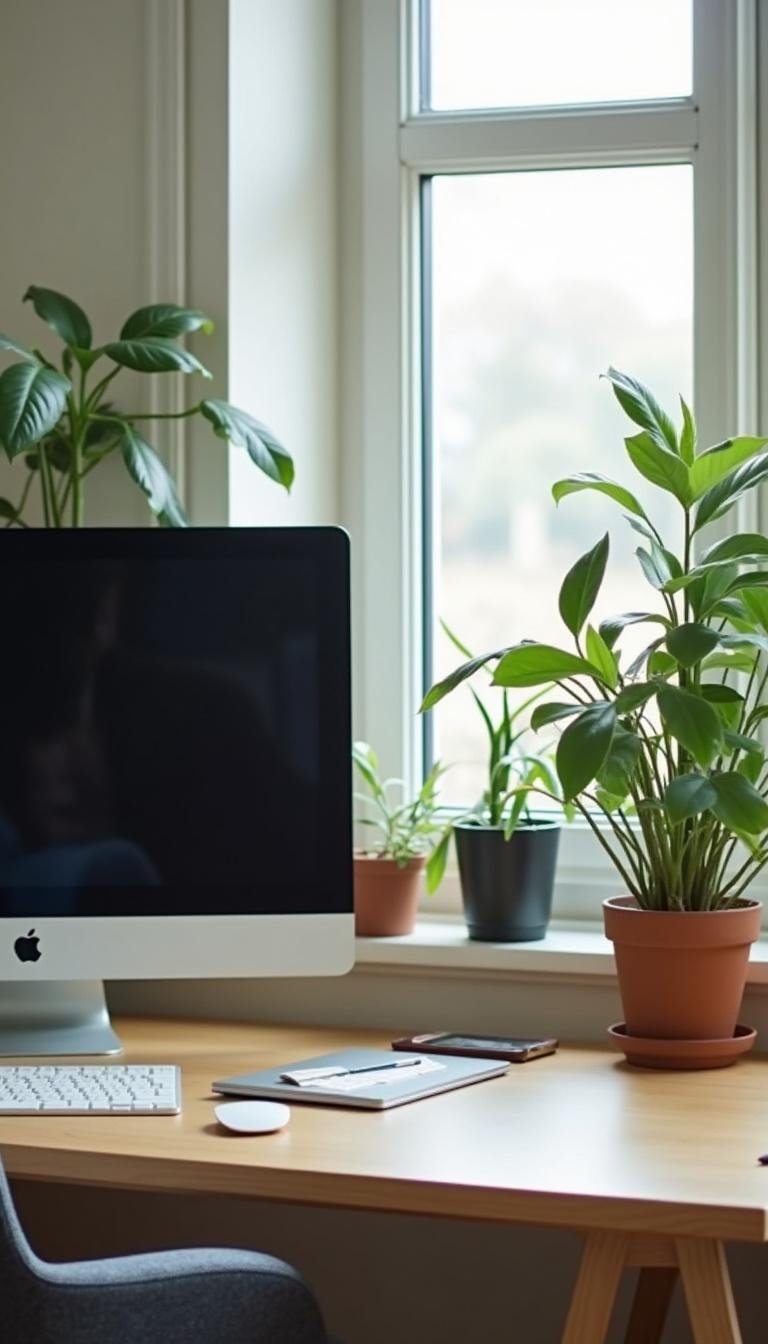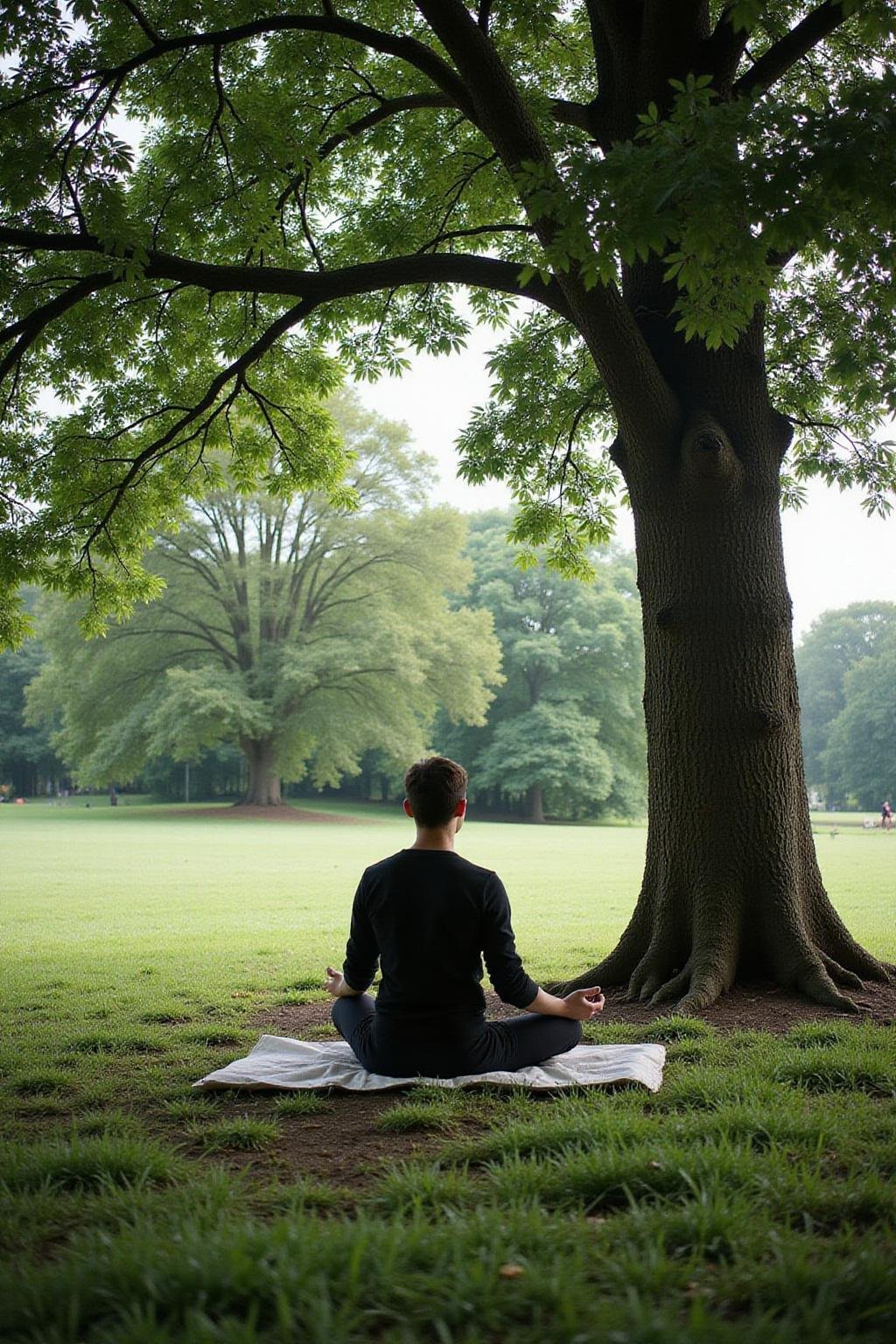1. Introduction to Digital Detox: Healing the Mind from Screen Overload
In today’s hyper-connected world, the relentless exposure to digital devices—smartphones, computers, tablets—has become a norm, but it often leads to serious mental fatigue and decreased overall well-being. A digital detox is crucial for restoring mental clarity, reducing stress, and fostering healthier lifestyle habits. This digital detox guide aims to provide you with practical, step-by-step strategies to help you recover from excessive screen time and reconnect with the physical world around you. Whether you’re seeking to improve your mental health or looking for ways to incorporate more mindful activities, this comprehensive approach will serve as your roadmap to a balanced digital life. To complement this journey, exploring yoga retreats in Florida or participating in emotional healing retreats can further enhance your mental rejuvenation.
2. Understanding the Impact of Screen Overload on Mental Health
Prolonged engagement with digital devices—be it smartphones or desktop computers—can take a toll on your mental health, leading to symptoms like anxiety, irritability, and trouble concentrating. Numerous studies highlight how constant connectivity interferes with sleep patterns and increases feelings of fatigue. Recognizing these adverse effects is the first step toward implementing effective digital detox strategies. Cutting back on screen exposure helps your mind reset, improves sleep quality, and fosters genuine social interactions. For optimal mental health, consider integrating tools like ergonomic accessories or digital well-being apps that help monitor and regulate your device usage.

3. Benefits of a Digital Detox for Your Mental Well-Being
Embarking on a successful digital detox yields numerous mental health benefits, including:
- Enhanced focus and cognitive clarity by minimizing digital distractions, supported by tools such as zoning apps
- Better sleep quality thanks to reduced blue light exposure from screens, which you can further support with blue light blocking glasses
- Decreased anxiety and stress by disconnecting from the constant barrage of notifications. Incorporate mindfulness practices like breathwork found in breathwork techniques
- Stronger personal relationships through quality, face-to-face interactions
- Increased mindfulness and presence during everyday activities, leading to a more fulfilling and balanced life.
4. Practical Steps for a Successful Digital Detox
Set Clear Boundaries for Digital Usage
Implement specific rules about when and where to use digital devices. For example, create dedicated screen-free times during meals or designate “tech-free zones” such as your dining area or bedroom. Establishing these boundaries helps cultivate routines that promote mental well-being and reduces dependency on digital stimuli. For useful tools to assist in this process, explore digital detox apps that lock devices during certain hours or encourage mindful usage. You can also refresh your lifestyle by incorporating ideas from a guide on healthy boundaries.
Create Tech-Free Zones
Designate specific areas, like the dining room or bedroom, as technology-free zones. These spaces foster intimate interactions with loved ones, improve sleep hygiene, and promote mental relaxation. An organized workspace free of electronic clutter not only boosts productivity but also helps to foster a calm environment conducive to mental healing. For inspiration and tools, consider using minimalist accessories or furniture to create inviting, clutter-free zones.

Engage in Mindful and Creative Activities
Replace screen time with fulfilling activities that foster mental clarity and creativity. Reading a compelling culinary blog, experimenting with new food recipes, or practicing meditation are excellent options. Enhancing your cooking skills with inspiring chef tips and exploring healthy meal ideas can also support emotional well-being. Additionally, food photography and cooking tutorials can inspire your culinary journey and reconnect you with the senses beyond screens.
Incorporate Outdoor and Nature-Based Activities
Engaging with nature through outdoor activities like hiking, outdoor yoga, or simply enjoying scenery helps significantly reduce digital overload. These pursuits boost mood, physical health, and mindfulness, providing a refreshing mental reset. For a deeper relaxation experience, consider booking a yoga retreat in Indonesia or Hawaii that emphasizes mental health and outdoor practice. These retreats are excellent opportunities to disconnect and reinvigorate your mind.

5. Nourishing Your Mind and Body Through Healthy Eating During a Digital Detox
Focus on nutritious, wholesome food as part of your digital detox journey. Use this time to experiment with meal prep ideas that emphasize fresh, organic ingredients. Healthy eating supports mental clarity, reduces stress, and sustains energy levels. Incorporate gourmet recipes and quick, easy food recipes like smoothies, salads, and stir-fries that nourish your body without adding unnecessary stress. Preparing and enjoying mindful meals reinforces your commitment to mental and physical well-being.

6. Developing and Maintaining a Long-Term Digital Detox Routine
The key to sustained mental health benefits is consistency. Establish a routine that integrates daily outdoor activities, mindful eating, and periods of reflection away from screens. Use helpful tools like productivity apps or alarms to remind yourself to take regular breaks. Additionally, explore calming techniques such as breathwork and setting boundaries to uphold your mental health goals long-term.
7. Frequently Asked Questions about Digital Detox
Q: How long should I undertake a digital detox?
A: The ideal duration varies depending on your needs, but starting with a weekend or a 3-7 day period often yields noticeable mental health benefits. To develop sustainable habits, consider extending this gradually and incorporating small daily breaks from screens. For a more structured approach, explore retreats focused on wellness and mental clarity, like mental health retreats.
Q: What activities should I do during a digital detox?
A: Engage in cooking tutorials, explore new food recipes, practice outdoor exercises such as yoga or hiking, and immerse yourself in food photography or kitchen ideas that inspire creativity. These activities bolster mental clarity, reduce dependency on screens, and foster a sense of accomplishment, making your detox more effective.
Q: Can a digital detox help improve overall happiness and mental health?
A: Definitely. Disconnecting from digital distractions reduces stress, improves sleep patterns, and enhances emotional connections, all of which contribute to greater mental overall happiness and resilience.
8. Conclusion: Embrace a Technology-Free Lifestyle for Better Mental Health
Practicing a digital detox is a powerful act of self-care that helps heal your mind from screen overload. By setting boundaries, engaging in mindful outdoor activities, and adopting healthy food habits, you can restore mental clarity and emotional balance. Remember, building a healthier digital lifestyle requires ongoing effort—start with small changes, stay consistent, and enjoy the substantial mental and physical benefits that come from disconnecting. As you progress, explore more breathwork techniques and learn to set healthy boundaries through tools like emotional healing retreats.
Along the way, consider revisiting your cooking tips, experimenting with innovative food recipes, and finding inspiration from kitchen ideas that support a mindful, balanced lifestyle. Prioritizing your mental health by reducing screen time is an investment in your overall happiness and well-being—embrace it today for a healthier tomorrow.


1 thought on “Digital Detox Guide: Healing the Mind from Screen Overload”